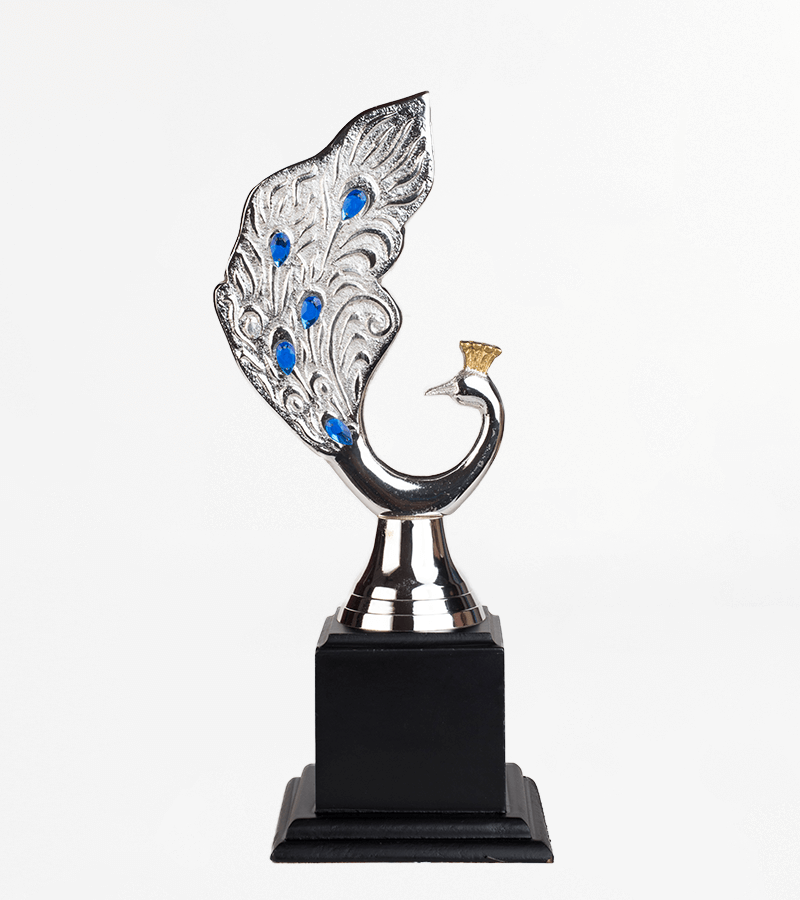CHAIR WITH OPEN SPACE
Lorem ipsum dolor sit amet, cons adipisicing elit

In the world of corporate recognition, every detail matters. From the format of the event to the name engraved on the award, each decision reflects how a company values its people. One of the most powerful choices, though often overlooked, is the material used to create the award itself.
Whether you're presenting custom gold medals, brushed steel trophies, or elegant matte-finish plaques, the material you choose communicates more than you might realise. It speaks to your company’s values, the status of the recognition, and the level of thought put into honouring achievement.
Material Sends a Message
Each material used in custom medals and corporate awards carries its own meaning. The right choice helps your award feel aligned with your brand and the achievement it celebrates. Here’s how different materials reflect different values:
• Gold
Represents prestige, timeless excellence and distinction. Custom gold medals made with gold finishes are ideal for leadership awards, milestone celebrations or honouring legacy. Choosing gold communicates that the recognition is rare, important and deeply valued.
• Brushed aluminium or steel
Suggests modernity, precision and innovation. These materials are often used in high-performing corporate environments where clean aesthetics and professionalism are key. Ideal for innovation awards, annual achievements or forward-focused recognition. Copper or bronze finishes
Evoke craftsmanship, warmth and tradition. These materials are a good fit for long-service recognition or team awards. They feel grounded and personal, offering a more classic aesthetic.
• Polished metal
Projects clarity, strength and visibility. The shine of polished metal adds formality and flair to an award, making it suitable for events with external stakeholders or client-facing recognition.
By choosing the right material, companies show that recognition is not just part of a routine, it is an extension of what the organisation values most.
The Power of Weight and Texture
The moment someone holds an award in their hands, they form an impression. A heavier piece feels more important. It grounds the moment and reinforces the value of the recognition. This is one of the reasons why custom gold medals and other solid metal awards continue to be popular in corporate settings. They are designed to be felt, not just seen.
When the material has texture, detail, and presence, it communicates intentionality. It tells the recipient that this is not just a routine thank you. It is a considered gesture backed by genuine appreciation.
Thoughtfulness Is in the Details
Recognition is most effective when it feels personal. The material you choose should align with both your company’s identity and the person or team receiving the award.
Custom gold medals might suit a formal, high-level ceremony. A brushed metal piece may be better suited for agile teams that thrive on speed and innovation. A polished steel plaque could honour collaborative achievement or cross-functional teamwork.
Making these choices thoughtfully shows the recipient that they are seen and understood. That’s what transforms an award from a formality into something that leaves a lasting impression.
Beyond Aesthetics
Materials do more than look good. They are subtle cues that shape how your brand is perceived. When clients, partners, or future employees see your awards on display, they take note of what they represent. Are they bold and confident? Refined and humble? Timeless or trend-driven?
Custom gold medals and other bespoke pieces become part of the environment. They represent not just the individual who received them but the values of the organisation that gave them.
Recognition Done Right
At KN Trophy, we understand that material is not just a production detail. It is part of the message. Whether we are creating custom gold medals for a leadership summit or brushed aluminium trophies for a company-wide celebration, we take the time to align every element with your intent.
Because in the world of recognition, what it’s made of matters just as much as what it stands for.